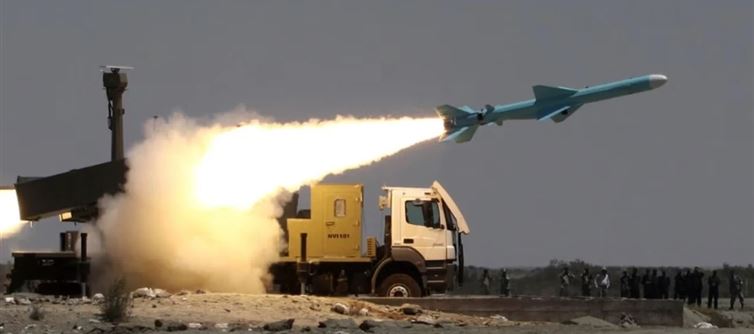
India has tested the ET-LDHCM missile. It's a brand-new hypersonic missile that can hit targets 1,500 kilometers distant at Mach 8 (9878 km/h). DRDO has developed this new hypersonic ET-LDHCM missile. This test is a component of India's effort to develop more advanced and contemporary weapons. The new missile is made to be flexible, precise, and stealthy.
What's unique about this missile?
The BrahMos cruise missile is greatly outperformed and defeated by the Extended Trajectory Long Duration Hypersonic Cruise Missile (ET-LDHCM). Given the ongoing global hostilities, such as the Israel-Iran and Russia-Ukraine wars, india tested this missile. Additionally, during Operation Sindoor, in which china and turkey supported the enemy, india and pakistan were involved in a bloody military confrontation.
In addition to modernizing its defenses, india is improving its missile systems, including the BrahMos, Agni-5, and Akash.
India has made significant progress in its hypersonic capabilities.
Instead of using a conventional spinning compressor, the ET-LDHCM is propelled by an air-breathing scramjet engine that consumes atmospheric oxygen. In contrast to the BrahMos' Mach 3 speed (3705 km/h), this enables the missile to reach Mach 8 (9878 km/h).
The 450 km range of BrahMos is significantly less than that of this system. It can hit up to 1,500 kilometers away. India's strategic attack range is improved by this combination of speed and increased reach.
Made with flexibility, accuracy, and stealth in mind
Launched from land, sea, or the air, the ET-LDHCM hypersonic missile is versatile in changing battlefield situations due to its ability to change course mid-flight.
It can deliver both conventional and nuclear weapons and has a payload capacity of 1,000 to 2,000 pounds. It can strike vital infrastructure in challenging terrain because of its great targeting precision and low altitude flight capability, which also helps it escape radar detection.
Made to function in harsh environments
The missile is built to withstand high temperatures; during hypersonic flight, performance stability is preserved at temperatures as high as 2,000°C. Accuracy and speed are maintained with this capability.
The only countries with hypersonic cruise missile technology in use now are china, the United States, and Russia. India would become one of the select few countries with in-house hypersonic warfare systems if the ET-LDHCM test is successful.
What's unique about this missile?
The BrahMos cruise missile is greatly outperformed and defeated by the Extended Trajectory Long Duration Hypersonic Cruise Missile (ET-LDHCM). Given the ongoing global hostilities, such as the Israel-Iran and Russia-Ukraine wars, india tested this missile. Additionally, during Operation Sindoor, in which china and turkey supported the enemy, india and pakistan were involved in a bloody military confrontation.
In addition to modernizing its defenses, india is improving its missile systems, including the BrahMos, Agni-5, and Akash.
India has made significant progress in its hypersonic capabilities.
Instead of using a conventional spinning compressor, the ET-LDHCM is propelled by an air-breathing scramjet engine that consumes atmospheric oxygen. In contrast to the BrahMos' Mach 3 speed (3705 km/h), this enables the missile to reach Mach 8 (9878 km/h).
The 450 km range of BrahMos is significantly less than that of this system. It can hit up to 1,500 kilometers away. India's strategic attack range is improved by this combination of speed and increased reach.
Made with flexibility, accuracy, and stealth in mind
Launched from land, sea, or the air, the ET-LDHCM hypersonic missile is versatile in changing battlefield situations due to its ability to change course mid-flight.
It can deliver both conventional and nuclear weapons and has a payload capacity of 1,000 to 2,000 pounds. It can strike vital infrastructure in challenging terrain because of its great targeting precision and low altitude flight capability, which also helps it escape radar detection.
Made to function in harsh environments
The missile is built to withstand high temperatures; during hypersonic flight, performance stability is preserved at temperatures as high as 2,000°C. Accuracy and speed are maintained with this capability.
The only countries with hypersonic cruise missile technology in use now are china, the United States, and Russia. India would become one of the select few countries with in-house hypersonic warfare systems if the ET-LDHCM test is successful.




 click and follow Indiaherald WhatsApp channel
click and follow Indiaherald WhatsApp channel